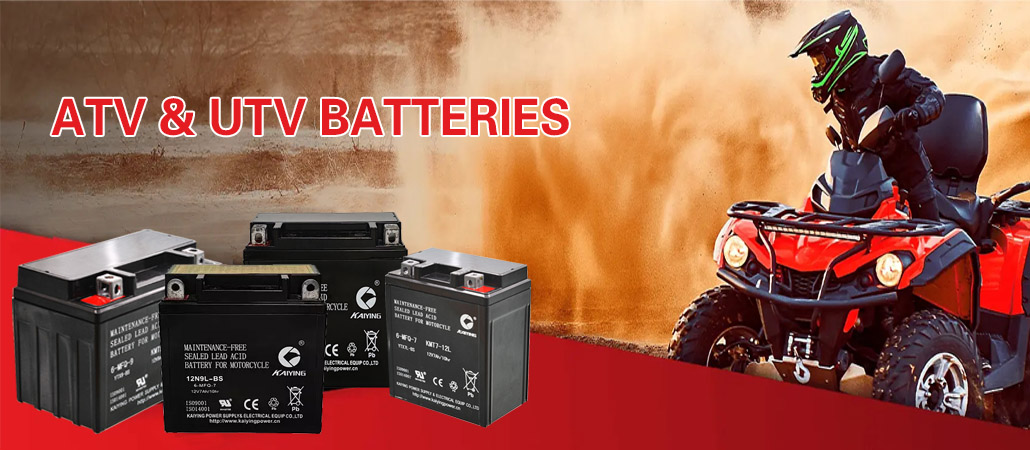Revolutionizing Concrete Batching Plants with Solar Energy
In today's quest for green energy, solar power stands out with its clean and renewable characteristics, becoming the new favorite for concrete batching plants to reduce energy consumption and emissions. The rooftop of a batching plant glittering with solar photovoltaic panels, silently converting the endless sunlight into precious electricity. This electricity not only meets the daily operational needs of the batching plant, such as lighting and electric devices, but also provides a stable power supply for computer systems. Moreover, the addition of solar water heaters makes the supply of hot water for the batching plant more environmentally friendly, whether for equipment cleaning or concrete curing, the convenience brought by solar energy is undeniable.
When electricity demand peaks, solar energy can serve as a powerful supplement to traditional grid energy, reducing dependence on fossil fuels. This hybrid energy system not only increases the flexibility of energy use but also provides additional security for the energy supply of batching plants. At the same time, the application of solar cooling technology allows the operation rooms and control rooms of batching plants to enjoy cool air even in the hot summer, which not only improves the comfort of workers but also reduces reliance on traditional cooling equipment.
Around the batching plant, the installation of solar street lights not only provides lighting for night operations but also achieves energy savings and environmental protection. These street lights do not require additional power supply and rely entirely on solar energy, which is both economical and environmentally friendly. Similarly, the use of solar-powered surveillance cameras not only improves the safety of the batching plant but also achieves efficient use of energy. These cameras, powered by solar energy, can achieve 24-hour uninterrupted real-time monitoring, ensuring the safety of the batching plant.
By using solar energy, batching plants can significantly reduce carbon dioxide and other greenhouse gas emissions resulting from the burning of fossil fuels, which is of great significance for reducing the global carbon footprint. Although the initial installation cost of solar systems may be high, in the long run, it can bring long-term energy cost savings for batching plants. With the advancement and reduction of solar technology costs, the application of this green energy will become more widespread, and the goals of energy self-sufficiency and environmental protection for batching plants will be easier to achieve.
Through these specific application methods, solar technology is helping batching plants achieve energy transformation and move towards a greener and more sustainable future. ZhongTai Industrial Co., Ltd. is committed to meeting the personalized needs of our clients by providing professional metal fabrication services like concrete mixing stations and large metal silo.
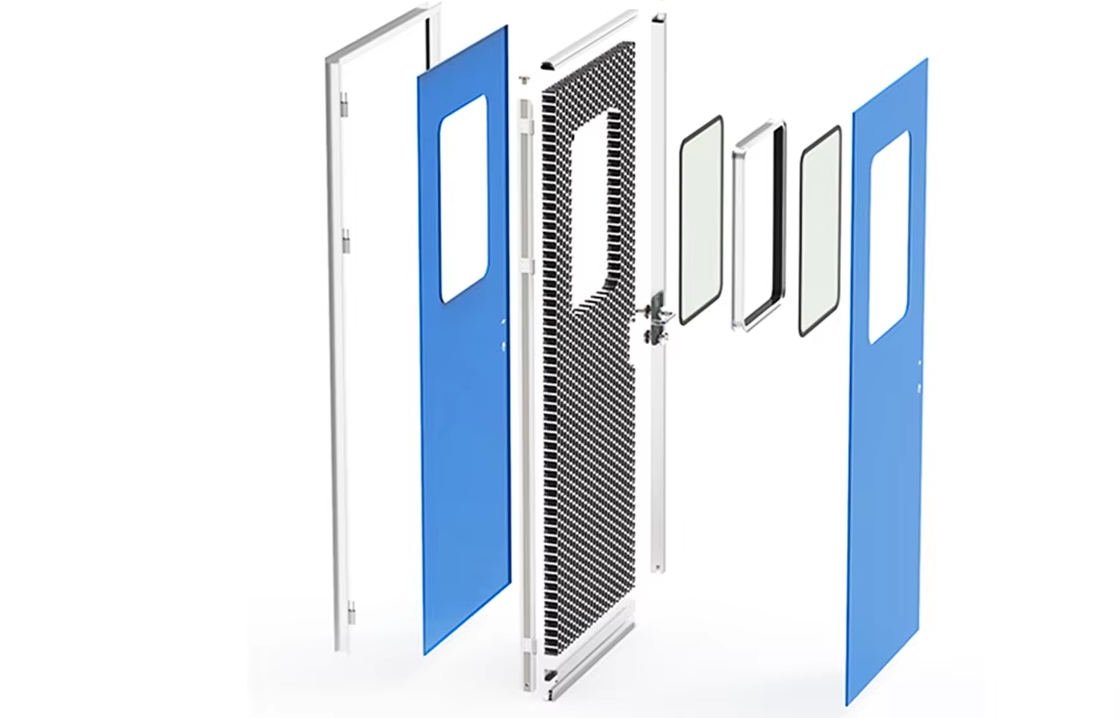
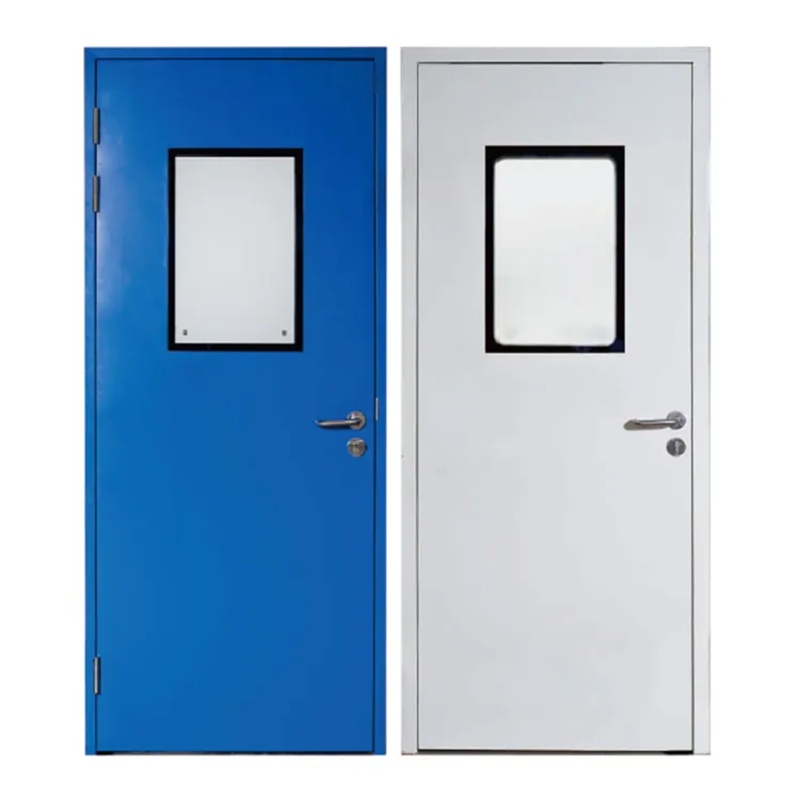
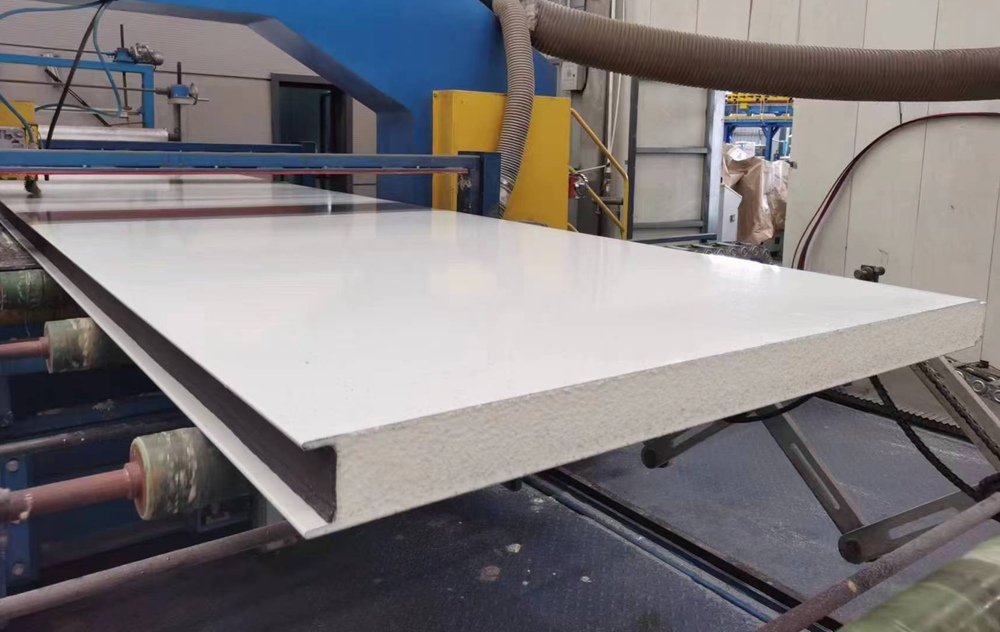
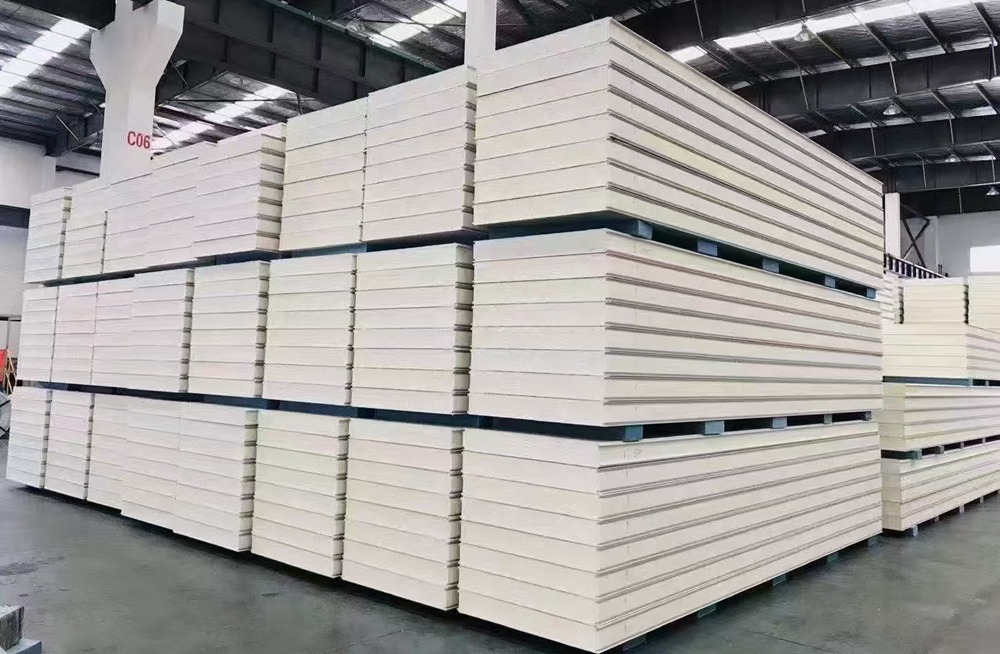
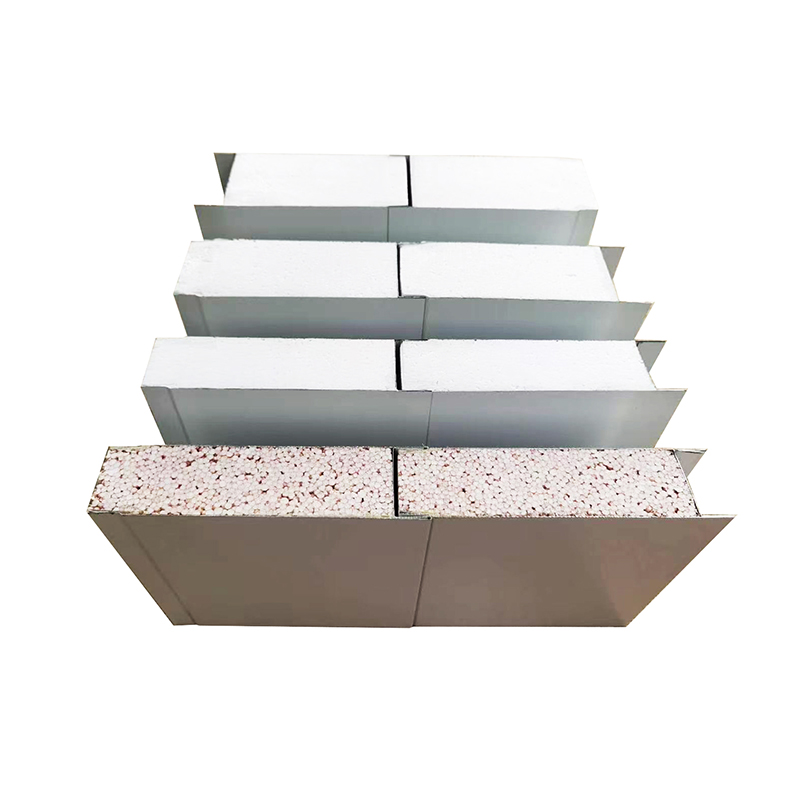
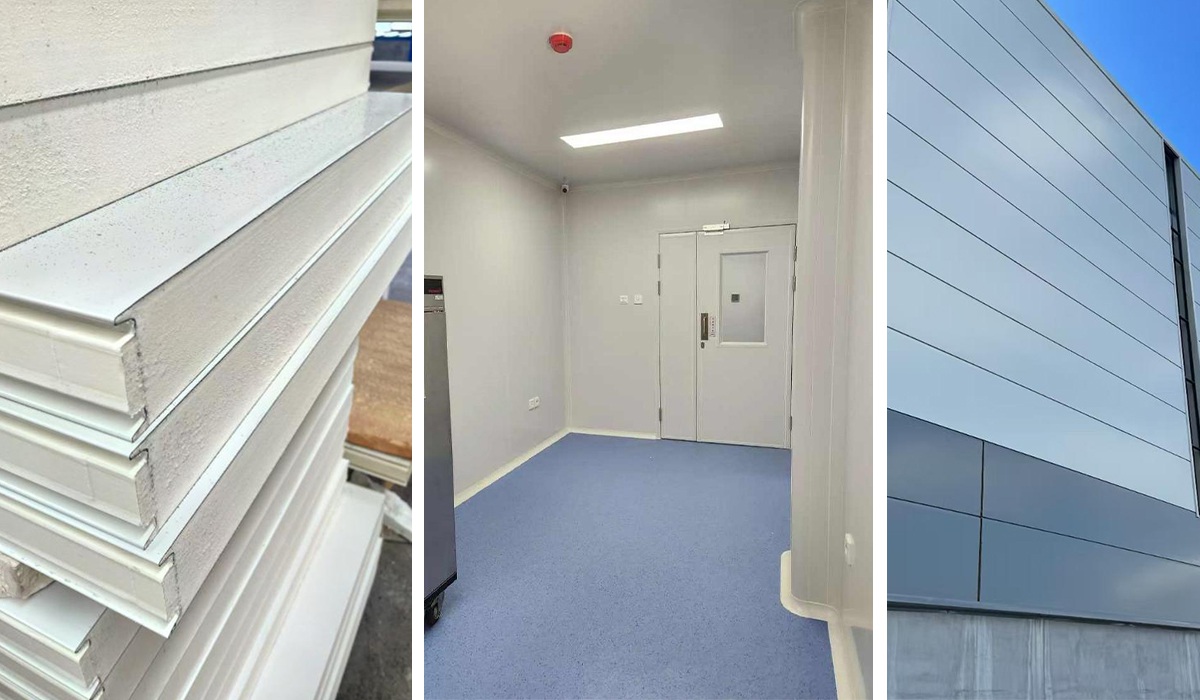
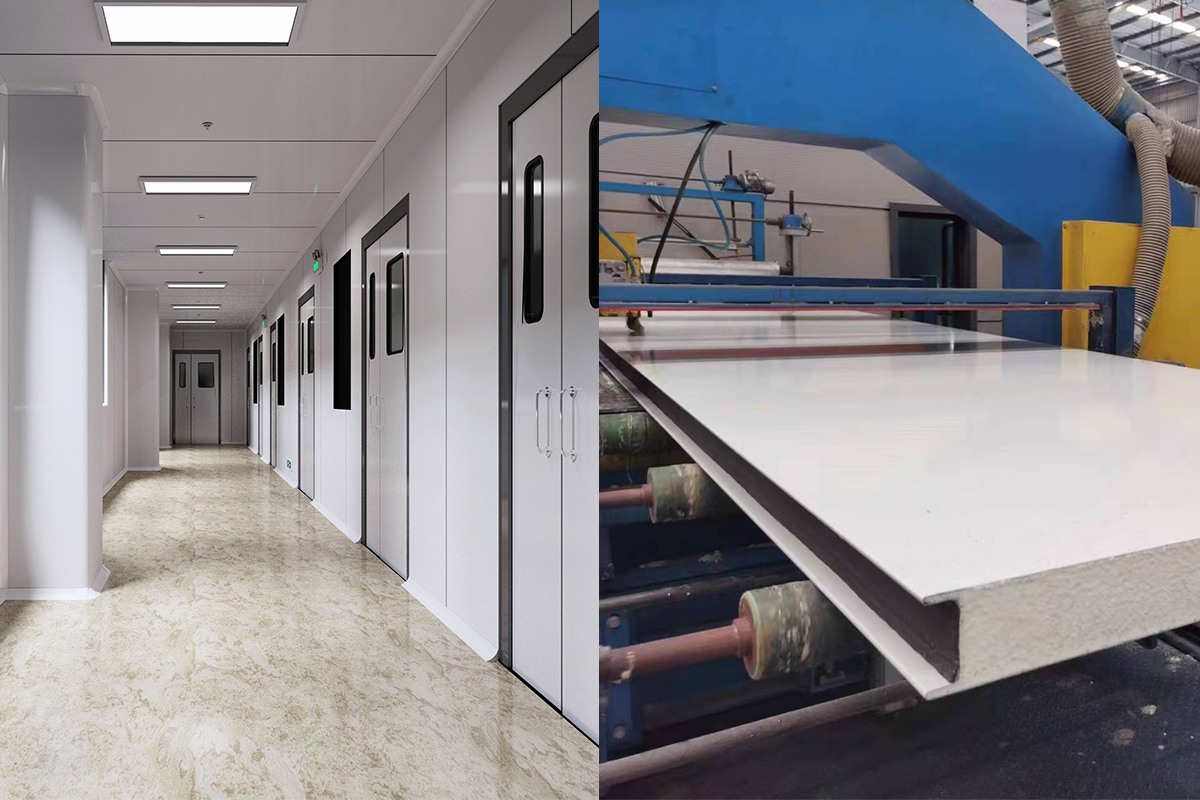
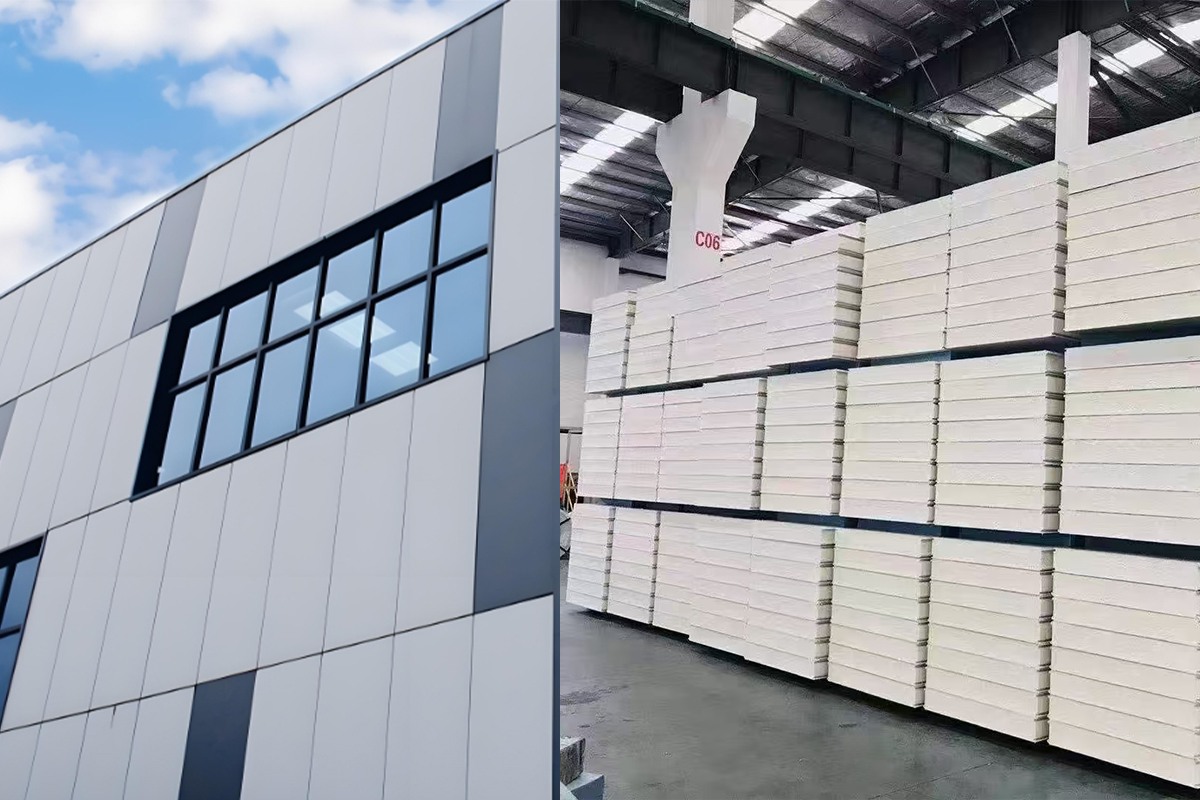

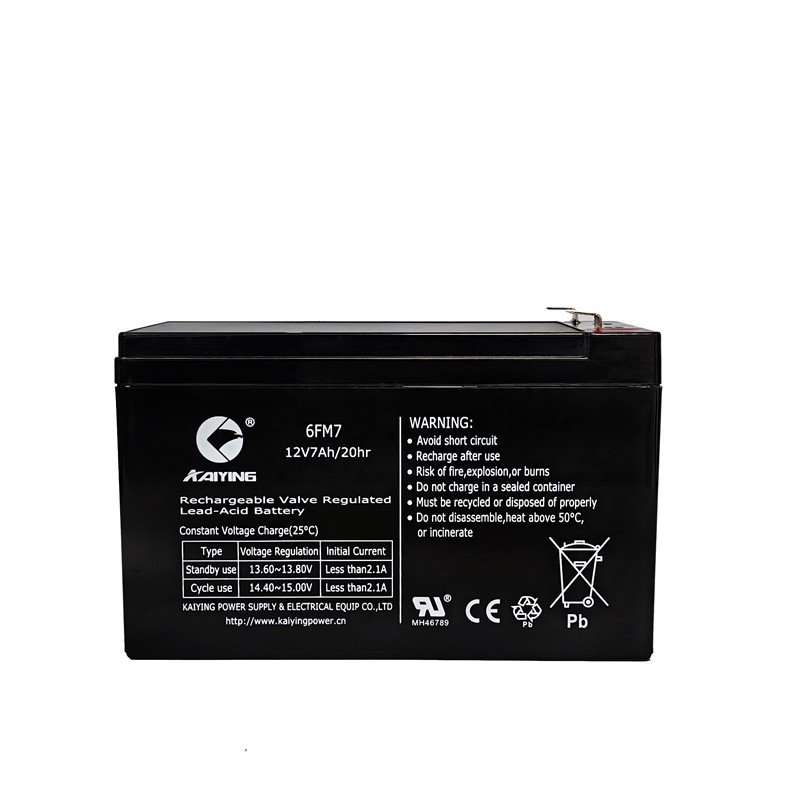
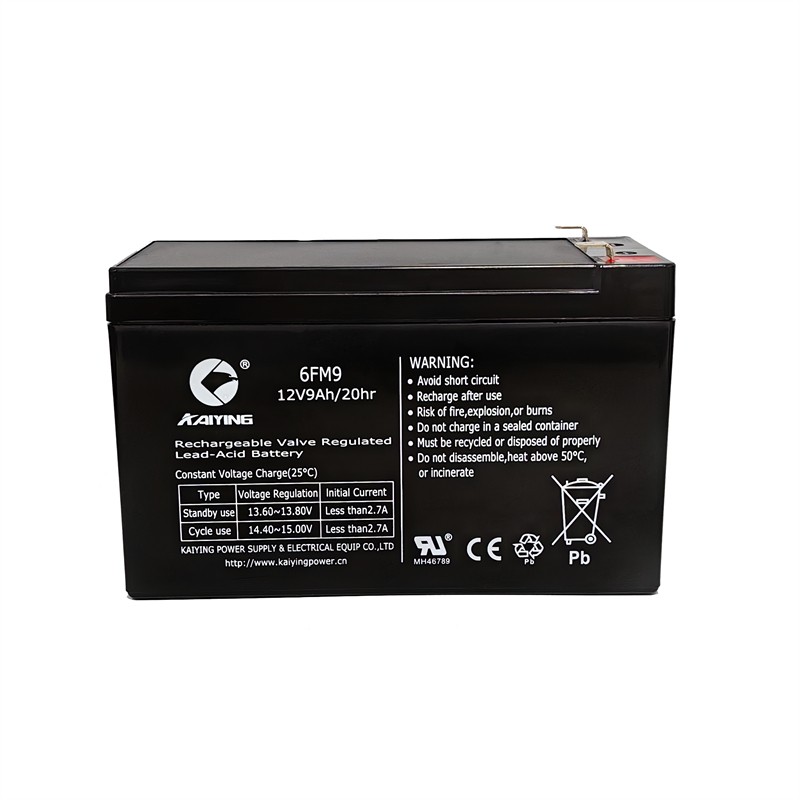
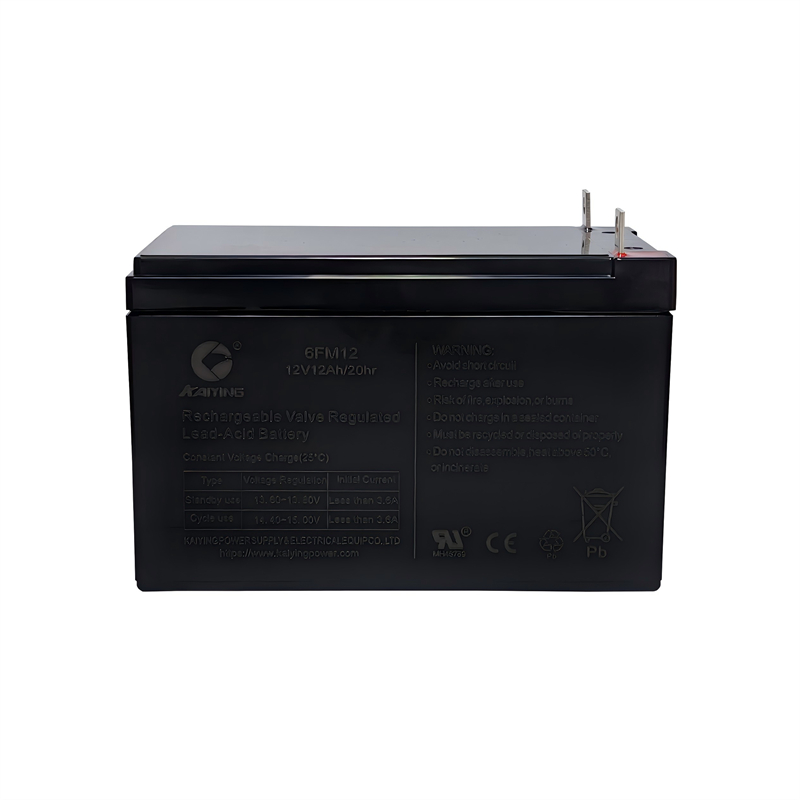
 Battery Internal Resistance and Health Status:
Battery Internal Resistance and Health Status:
